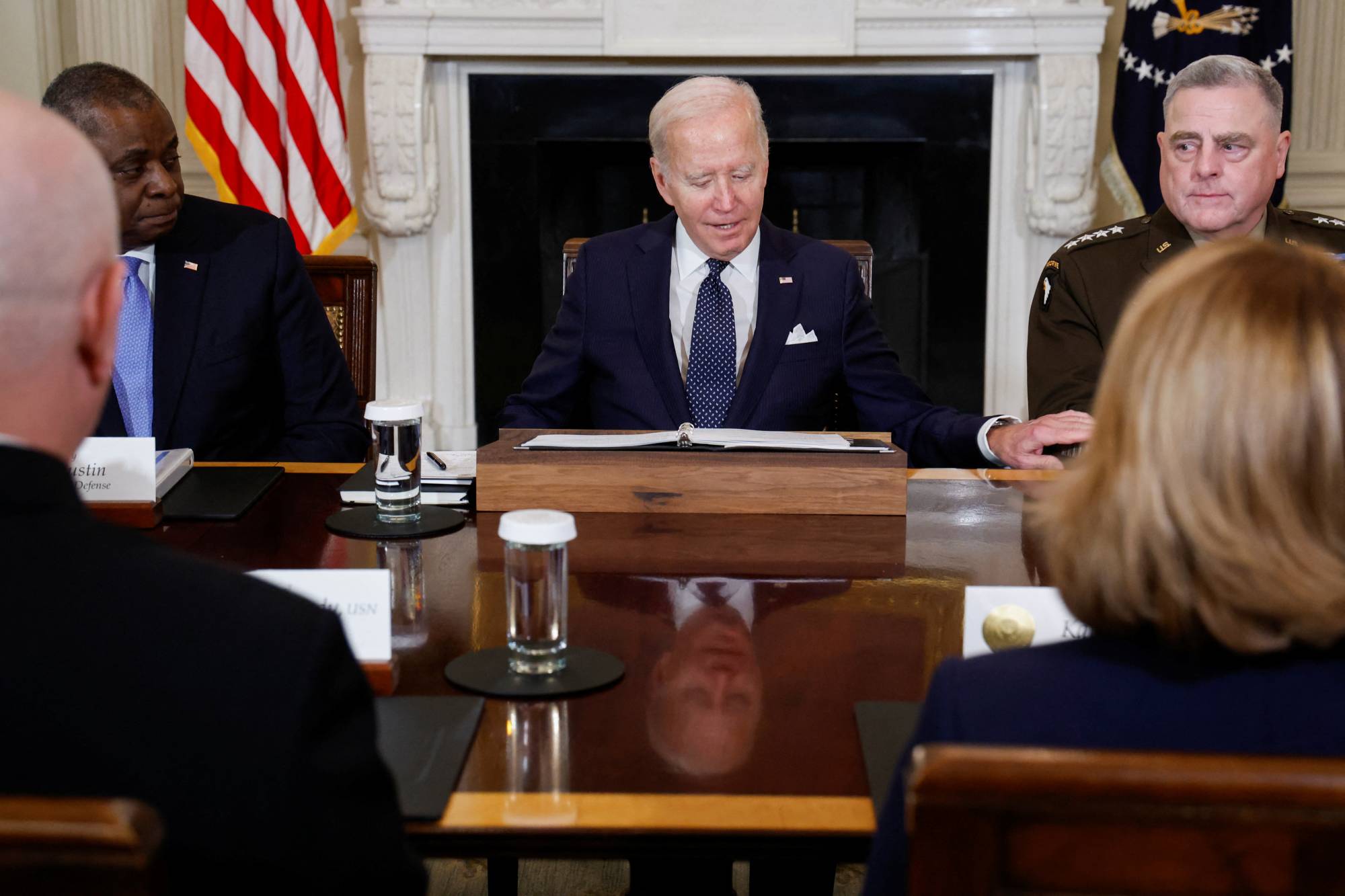The Biden administration last week published three documents that lay out core elements of its defense strategy.
They, along with the National Security Strategy (NSS) released earlier in the month, provide the framework for U.S. national security policy. Central to them all is deterrence, a beguiling and periodically bewildering concept that, while always important, has assumed greater significance at a time of growing geopolitical instability. It has also become much more difficult to practice as challenges multiply and the U.S. enlists more allies in that effort.
U.S. law mandates that an incoming administration publish a national security strategy within a year of taking office. The Biden report was delayed by events in Ukraine. The NSS frames other reports: the National Defense Strategy, the Nuclear Posture Review (NPR) and the Missile Defense Policy Review. Those three were completed months ago and summaries and fact sheets have circulated since the spring. Declassified versions were held back until the NSS was ready; its publication in early October allowed their release.


















With your current subscription plan you can comment on stories. However, before writing your first comment, please create a display name in the Profile section of your subscriber account page.